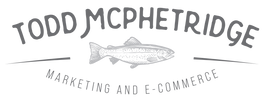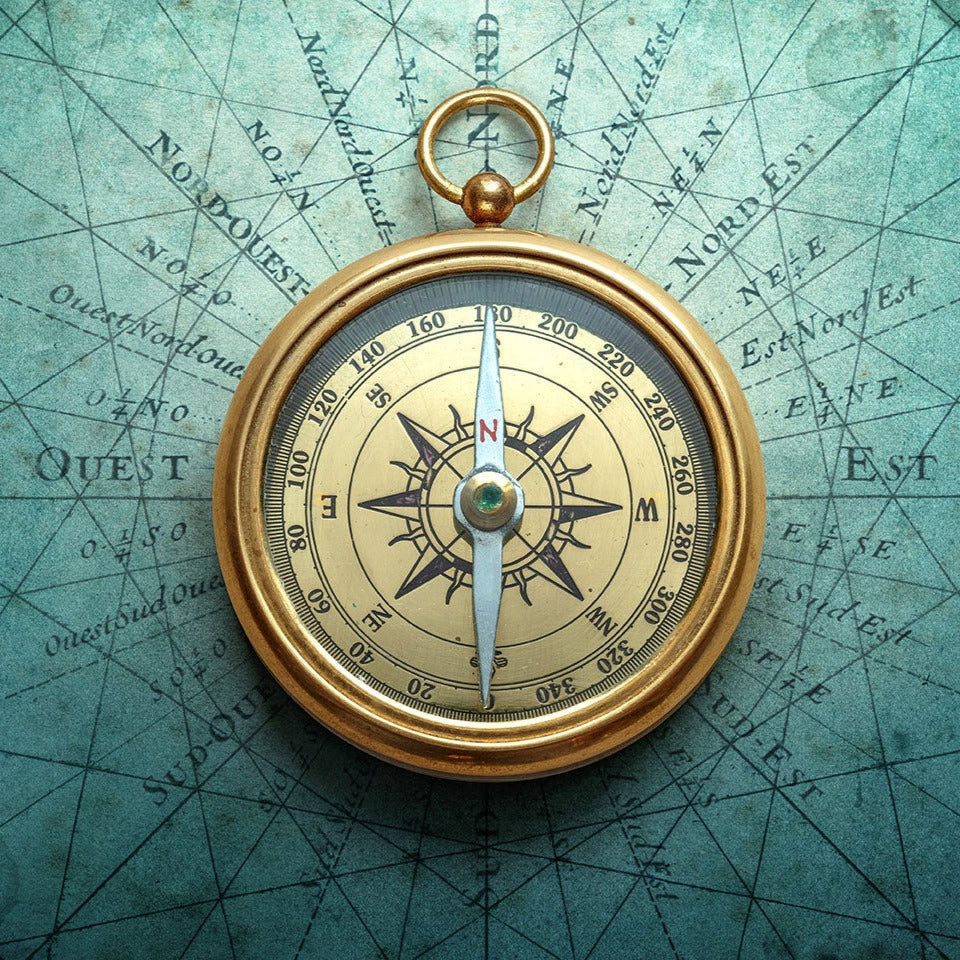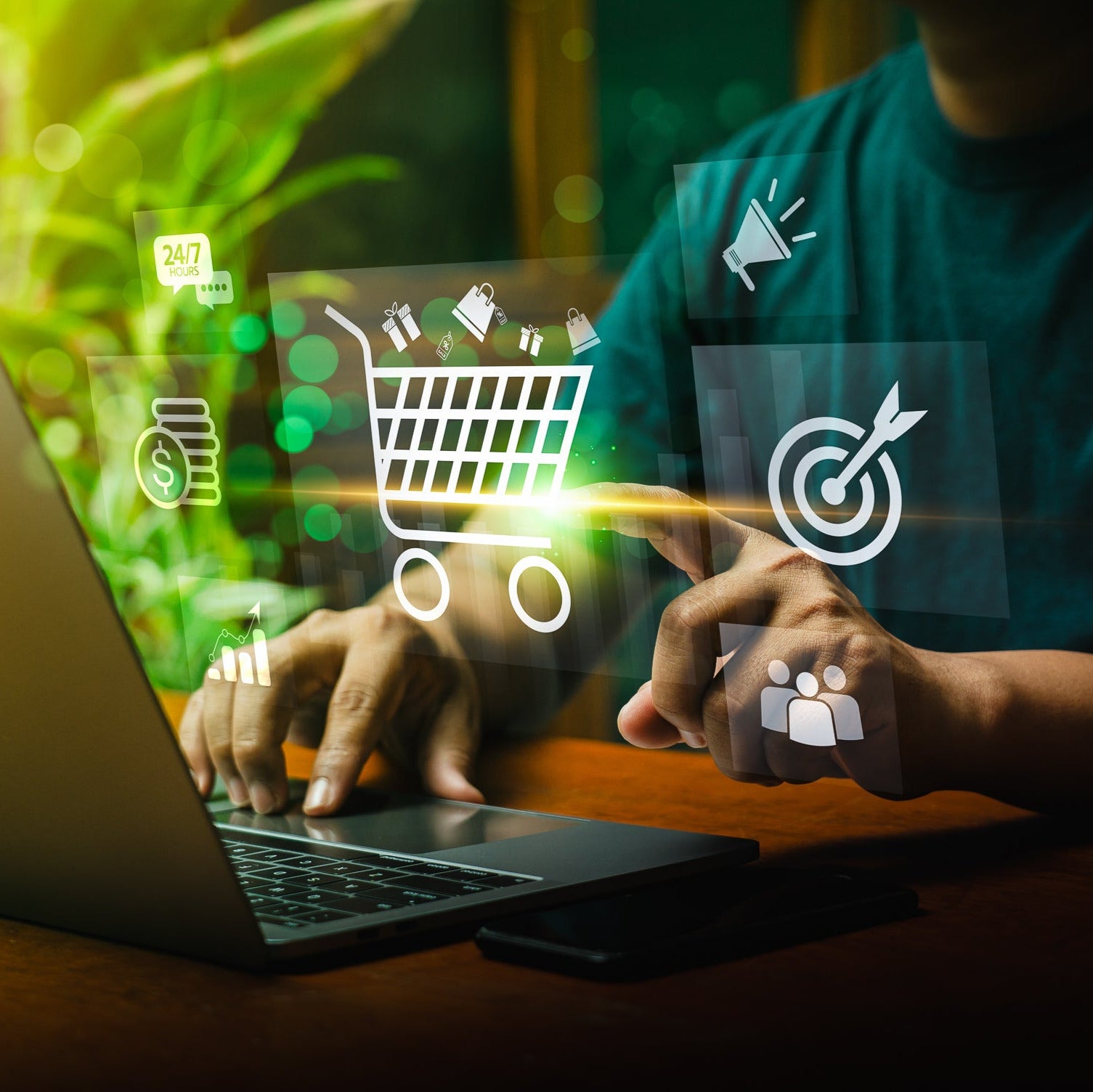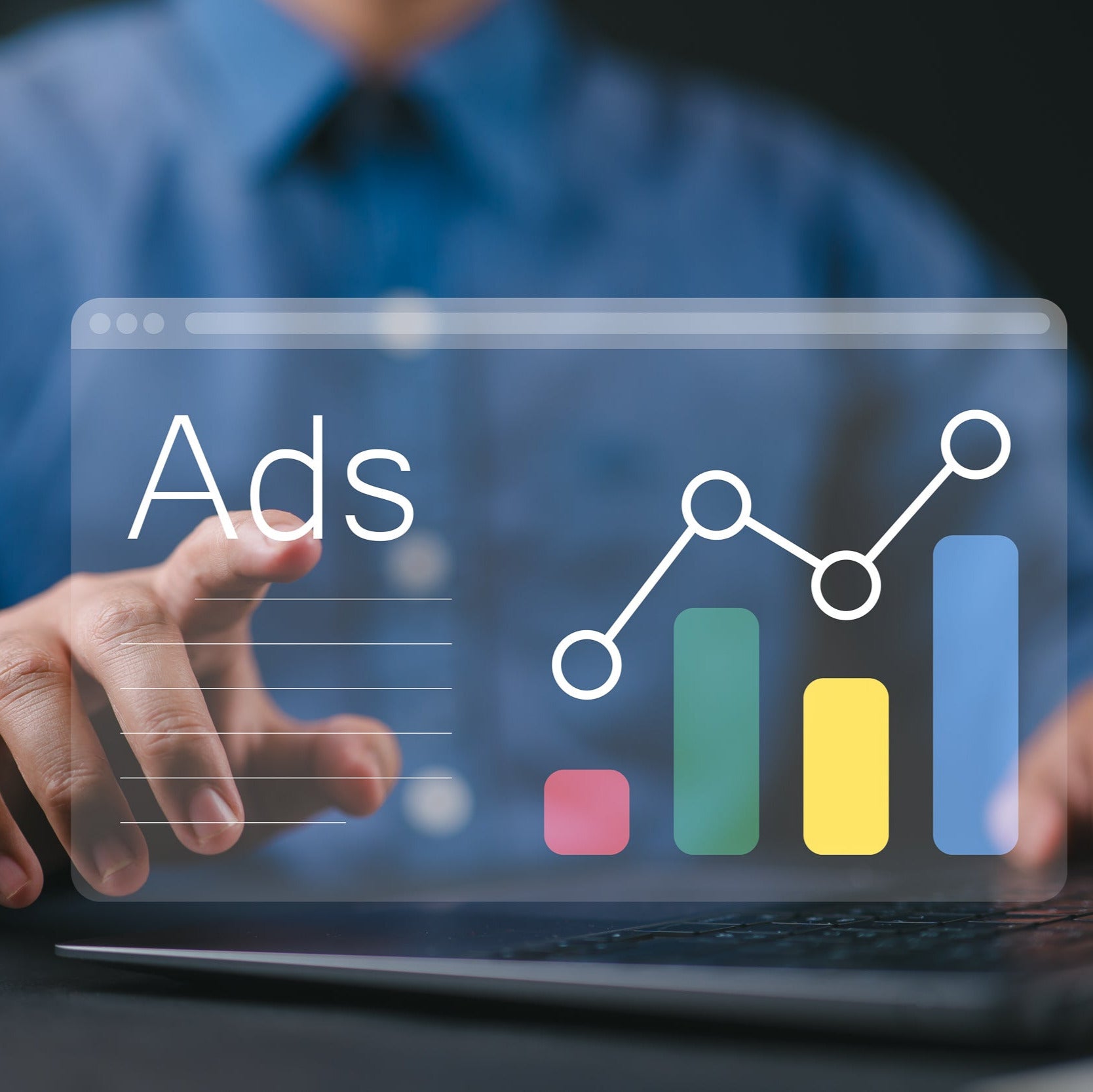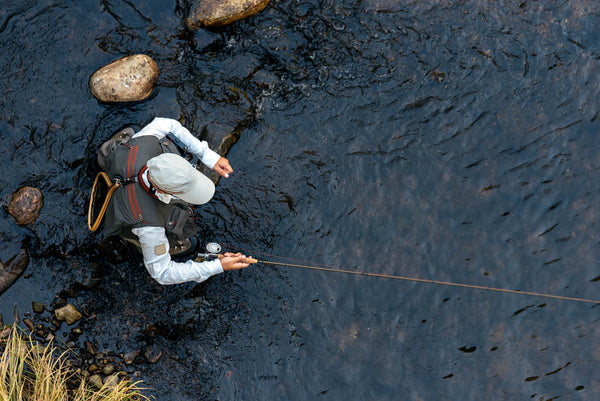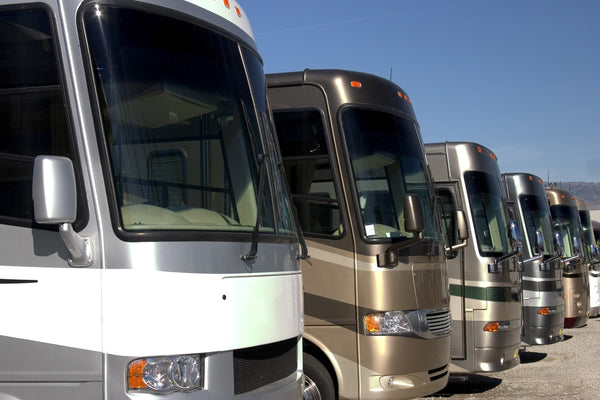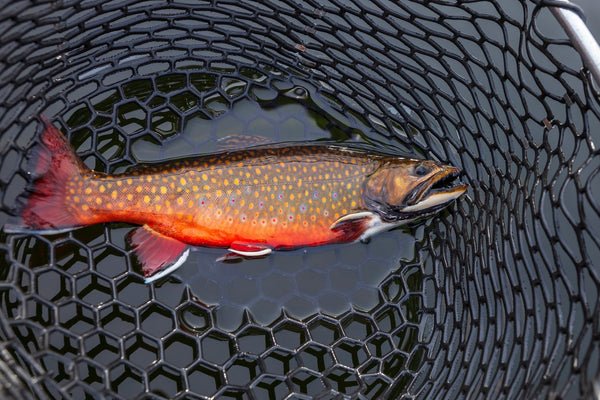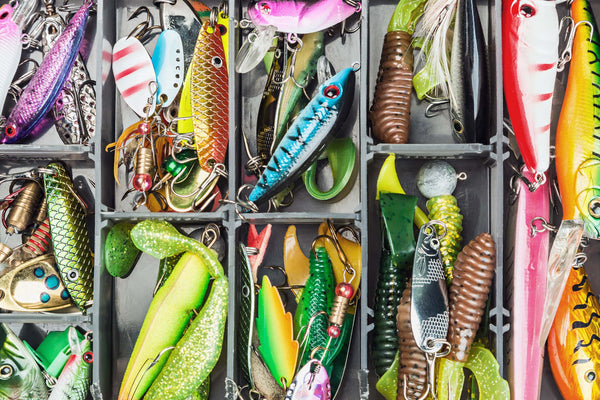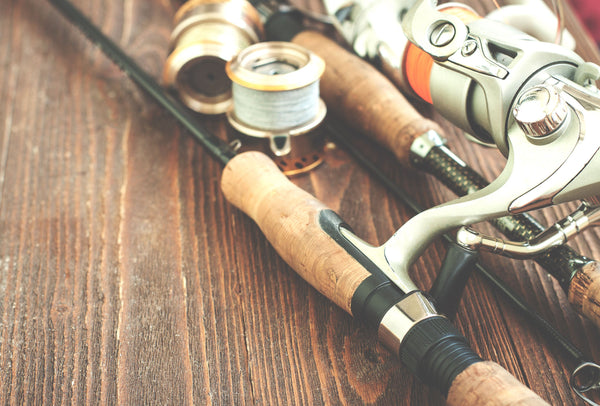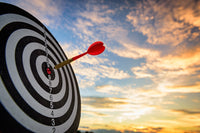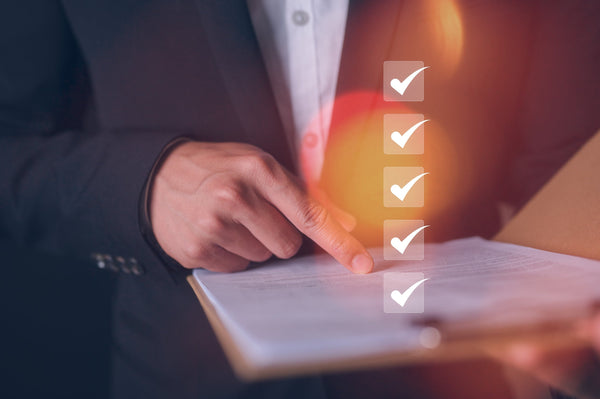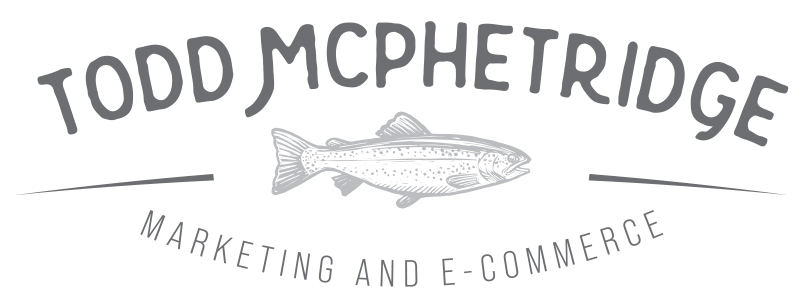Marketing for Boat Dealers
Clear, practical answers from a senior marketing consultant who knows marine retail
Why this FAQ matters for marine dealerships
Boat shoppers compare on mobile, watch walk-throughs on YouTube, and call the dealer that shows availability and trust first. This FAQ condenses what I am asked most by dealers that want more qualified leads and faster payback. Use it as a working guide to improve boat dealer marketing, sharpen marine dealership SEO, and scale ads only when cohorts prove out. If you need deeper help, see my Marketing Consultant overview or my Outdoor Industry Marketing Consultant page.
How can we increase foot traffic to our dealership?
Treat the store like a conversion page. Publish events that people can put on a calendar and measure outcomes weekly.
- Demo and sea-trial days: create a simple signup page with time slots, model list, and a clear rain plan. Promote with local inventory ads and email to owners who are likely to upgrade.
- Partner activations: co-host with marinas, fishing clubs, and lake associations. Swap email mentions and QR codes to track referrals.
- On-site experiences: walk-through stations, rigging clinics, safety classes, and trade-in appraisals. Each station gets a short form and a follow-up promise.
What are the most effective digital marketing strategies for boat sales?
Fund channels that capture intent now and build demand for next season. Sequence spend by payback.
- Search Engine Marketing: exact and phrase for model, comparison, and problem queries. Examples include “pontoon vs deck boat” and “family wake boat demo.”
- Paid social: short videos that show the job solved on the water in the first three seconds. Route prospecting to guides, not the home page.
- Content that sells appointments: compact guides, comparison tables, and model PDPs with delivery windows and finance prompts. This is high-value content marketing for dealers.
- Influencer and creator assets: license usage and run from your handle. Keep offers consistent to avoid promo dependence.
How can we improve our online presence and website performance?
Speed and clarity convert shoppers who are already sold on boating but not yet on you.
- Performance: compress media, preload hero images, and remove render-blocking scripts. Target sub-2 second Largest Contentful Paint.
- Mobile UX: sticky call and book a sea trial buttons, thumb-friendly forms, and visible trade-in prompts.
- On-site SEO: title tags and H1s that match intent such as “2025 [Brand] [Model] dealer” and “best boats for small lakes.” Add structured data for products and local business.
What are the best channels for advertising our boats?
Match channel to buyer intent.
- Google Ads: high intent capture for brand and non-brand. Use lead forms only if they sync to CRM with fast follow-up.
- Meta and Instagram: prospecting with on-water proof, remarketing with frequency caps. Keep creative fresh with a two-week slate.
- YouTube: six to fifteen second pre-rolls that show the outcome immediately. Link to a model or comparison page.
- Retargeting: suppress owners during heavy email weeks and cap frequency to protect blended ROAS.
How do we optimize inventory so ads and shoppers align?
- Real-time feeds: sync price and stock to avoid cancellations. Flag low stock and pause spend on constrained models.
- Forecasting: use historical sales by water type and season to guide orders. Build content that reflects what will be in stock.
- Diversified assortment: balance pontoons, wake boats, and fishing lines to smooth seasonal demand.
What are the best ways to engage local boating communities?
- Sponsorships: support tournaments and safety programs. Capture leads with QR codes tied to a field-tested landing page.
- Club partnerships: co-branded demo days and owner nights. Offer modest perks and track attendance to future purchases.
- Social coverage: post recaps with owner stories, not just product shots. Tag local partners to extend reach.
How can we create content that resonates with boat buyers?
Write to jobs, not jargon. Use formats that move shoppers to appointments.
- Guides: “First wake boat checklist,” “family fishing setup,” “tow weight explained.”
- Walk-throughs: short, chaptered videos with dimensions, seating, storage, and warranty in plain language.
- Owner stories: weekend trips, launch tips, upgrades after year one. Authentic proof sells.
- Interactive tools: selector quizzes and cost-of-ownership calculators that end with book a sea trial.
How do we handle seasonal demand swings?
- Off-season value: financing incentives, storage and service bundles, and early order benefits.
- Calendar design: map content and campaigns to shows, holidays, and local lake openings.
- Lifecycle programs: re-engage prospects with in-stock alerts and model year changeovers.
How should we track ROI across channels?
- KPIs that matter: cost per qualified inquiry, appointments booked, sea trials completed, units sold, and average gross per unit.
- Analytics hygiene: UTM picklists, call tracking, and CRM stages that reflect reality. Use cohort reads for day 30 and day 60 contribution.
- Source of truth: blended ROAS and payback decide scale, not a single platform dashboard.
What customer service moves increase satisfaction and referrals?
- Personalized follow-ups: thank you notes with rigging tips, first-service reminders, and accessory bundles.
- Owner programs: loyalty perks, referral rewards, and priority scheduling during peak season.
- Fast replies: speed-to-lead standards and after-hours autoresponders that set expectations.
How can we lift email engagement?
- Segmentation: prospects, first-time buyers, owners by model, and service customers.
- Value first: launch checklists, trailer setup, lake-specific tips, and in-stock announcements.
- Clear CTAs: book a sea trial, request a quote, or schedule service. One primary action per email.
Which SEO strategies attract more qualified boat buyers?
- Keyword intent: mix broad and long-tail such as “boats for sale near me,” “best pontoon for small lakes,” and “[Brand] [Model] dealer.”
- Local SEO: optimize Google Business Profile with categories, service areas, and fresh photos. Ask for reviews after delivery and service.
- Mobile first: fast pages, legible type, and tap-friendly CTAs improve rankings and conversion.
How should we use social media to connect with buyers?
- Visual proof: boats on water, storage walkthroughs, and before-after rigging.
- Targeted ads: promote model-specific offers and demo days to local interest segments.
- Engagement discipline: answer comments quickly. Use polls and questions to surface objections you can solve on site.
What promotions or financing options actually move inventory?
- Time-boxed offers: show start and end dates with clear terms. Pair with inventory you can deliver.
- Trade-in events: instant appraisal plus demo incentives. Capture VINs and contact details for follow-up.
- Finance partners: low-rate windows and approved-in-minutes flows increase appointment conversions.
How do we build repeat business and referrals?
- Loyalty: points for service visits and accessory purchases. Offer early access to demo slots.
- Referral credits: reward owners when a friend completes a sea trial or purchase.
- Service touchpoints: seasonal reminders with bundled offers keep owners close.
What are the usability must-haves for a boat shopping site?
- Clear navigation: browse by activity, capacity, tow weight, and budget. Include filters that real buyers use.
- Fast load: optimize images and scripts. Slow pages kill high-intent traffic.
- Mobile clarity: responsive layouts, large tap targets, and short forms.
How can we stand out from other local dealers?
- Unique inventory: exclusive trims, accessory bundles, and pre-rig options.
- Service promise: published turnaround times and transparent pricing build trust.
- Brand story: show the team on the water and share owner testimonials with real locations.
What helps first-time buyers feel confident?
- Education: “first boat checklist,” towing, launch, storage, and safety basics.
- Simplified process: clear pricing, finance options, and a no-pressure demo path.
- Hands-on trials: structured sea trials with a short route plan and post-trial follow-up.
Next steps and helpful resources
If you are serious about tightening operations and scaling with less guesswork, review my Direct-to-Consumer Marketing Consultant approach for brands that sell direct, explore my Ecommerce Consultant services for catalogs that need better PDPs and lifecycle, and see the broader Marketing Consultant overview for leadership support. These resources expand on the tactics here and show how a senior partner can help you grow with disciplined boat dealer marketing and paid media strategy.
